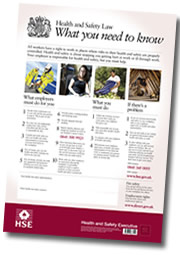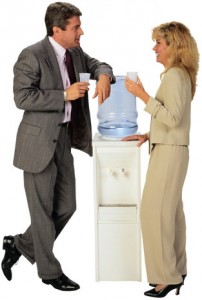Why was asbestos used in the home?
Asbestos fibres are strong and resistant to heat and chemicals. This led to their widespread use in a wide range of building materials and products, particularly during the 1960s and 1970s. Asbestos was often used as fireproofing but also as a general building material.
Where was asbestos used in the home?
The picture and list below shows some common areas where asbestos-containing materials may be found; the list is not all-inclusive. The list of products that may contain asbestos is a lengthy one. Those listed below are some of the more common sources, all to be checked by asbestos testing services.

|
Exterior
Interior |






